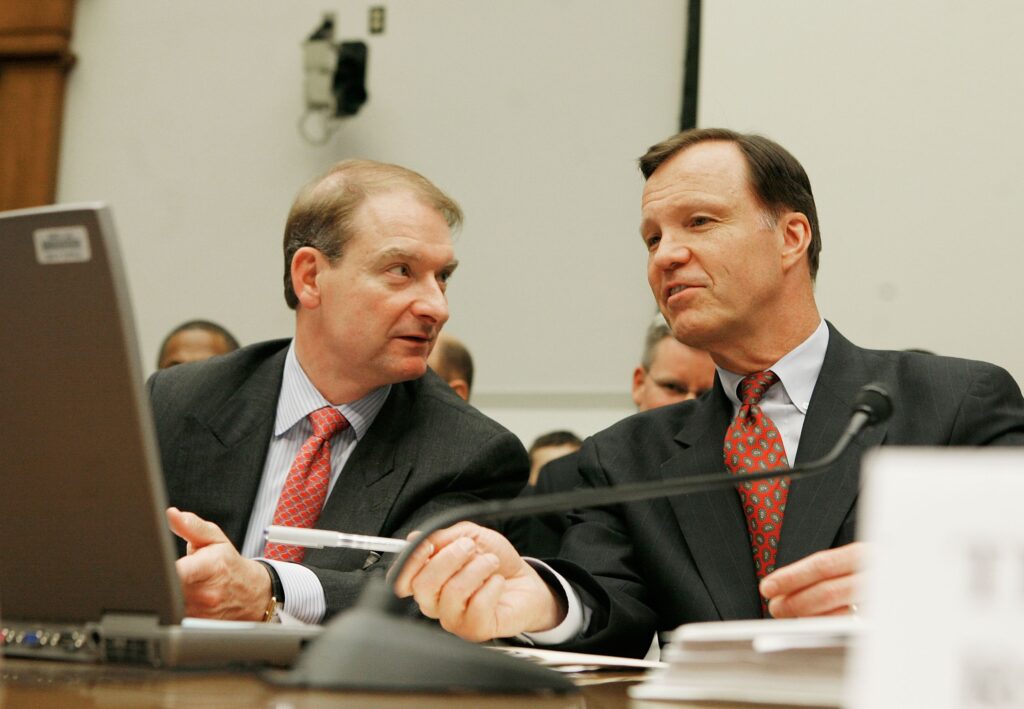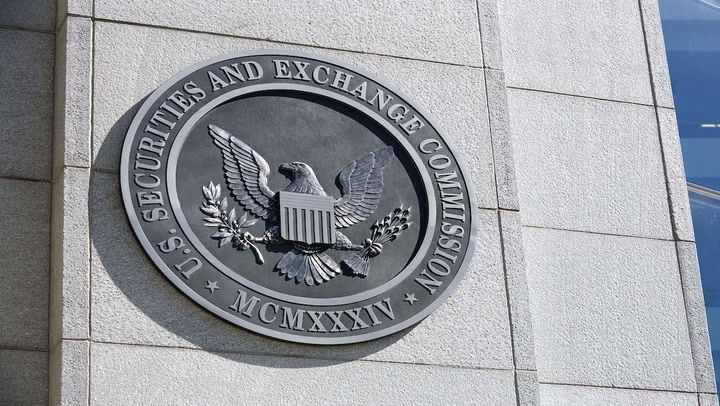Overview of the Crypto Landscape
The cryptocurrency market experienced a momentary surge following optimistic U.S. inflation data, but the momentum quickly faded, leaving most digital assets in a state of stagnation. Investors are left questioning the sustainability of such rallies in a volatile environment.
Current Market Performance
As of now, Bitcoin (BTC) is trading at $82,800, reflecting a slight decline of 0.5% over the past 24 hours. The CoinDesk 20, which tracks the performance of the top 20 cryptocurrencies (excluding exchange coins, stablecoins, and memecoins), has also seen a dip, down 0.8% during the same timeframe.
Ether’s Struggles
Among the key players, ether (ETH) is notably struggling, making it the worst performer in the CoinDesk 20 index. Currently priced at approximately $1,880, ether has decreased by 3.5%. This decline has impacted the ETH/BTC ratio, which now stands at 0.022—aligning with levels last seen in April 2020, just before the DeFi boom that spotlighted projects like Uniswap and MakerDao. To put this in perspective, the ETH/BTC ratio has plummeted a staggering 67% since reaching its all-time high in November 2021.
Expert Insights on Inflation and Market Dynamics
Despite the lower-than-expected Consumer Price Index (CPI) data, which typically signals a bullish sentiment and suggests possible rate cuts from the Federal Reserve, the crypto market has not reacted robustly. Dr. Youwei Yang, Chief Economist at BIT Mining, commented via email to CoinDesk, stating, “Today’s lower-than-expected CPI should be bullish, signaling faster rate cuts, but crypto hasn’t reacted strongly.” He pointed out that a prolonged period of market fear necessitates more than a single favorable data release to restore investor confidence.
The Impact of Economic Policies
Dr. Yang further elaborated on the complexities facing the market, highlighting the implications of former President Trump’s aggressive tariffs. These tariffs could lead to persistent inflation and potentially destabilize markets. “This puts the Fed in a bind,” Yang explained. “High inflation from tariffs makes rate cuts harder, while market crashes and job losses pressure the Fed to cut rates sooner. However, cutting too early could reignite inflation, complicating future policy decisions.”
Future Projections for Rate Cuts
Market analysts currently anticipate that the Federal Reserve may resume rate cuts as early as May or June, with projections indicating a potential reduction of up to 100 basis points by October.
Stock Market Update
In related financial news, U.S. stock markets experienced a modest recovery on Wednesday following a significant downturn of approximately 10% over the previous weeks. The Nasdaq composite index closed with a 1.2% gain, while the S&P 500 index saw a more modest advance of 0.5%.
Overall, while the inflation data provided a glimmer of hope for the crypto market, the underlying concerns and market dynamics continue to weigh heavily on investor sentiment.



